After highlighting overseas ambitions as one of three key strategies for growth in its latest results, Next last week inked a franchise deal with Indian marketplace Myntra to expand in the territory. Retail Week takes a look at the brand’s new partner, its history and how the deal fits in with Next’s wider strategy
As Next’s online sales in international markets grew 17% over the last year, chief executive Lord Wolfson identified “opportunities to go further” in building the Next brand overseas in what he called a “new era” for the British fashion giant.
Last week, the retailer put its long-term growth strategy into effect as it signed a franchise partnership deal with Indian fashion marketplace Myntra to scale Next in one of the fastest-growing markets in Asia.
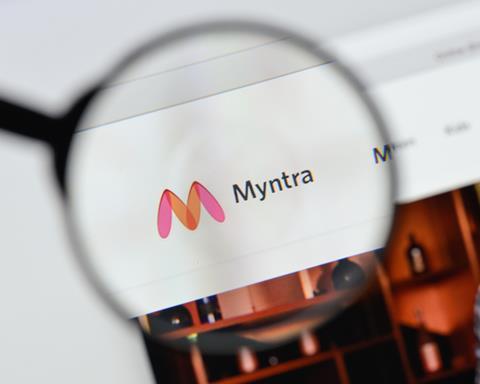
The deal gives Myntra Jabong, the company’s B2B wholesale entity, the distribution and management rights for Next, allowing it to scale the retailer’s omnichannel presence across India and open eight to 10 Next-branded stores in cities including Delhi, Mumbai and Bengaluru within the next few years.
Emily Salter, lead analyst at GlobalData Retail, says that for a growing market like India, the partnership seems a perfect fit.
“With India being such a huge market for clothing and footwear, it makes sense that they’re really looking to expand there,” she says. “And especially with Myntra, which is a well-established retailer in the country.
“It makes sense to not go into a country by yourself and have to build all the infrastructure without that local knowledge.”
With that in mind, Retail Week takes a closer look at Next’s newest partner, its history and what makes it right for the fashion giant.
Who is Myntra?
Myntra started as an online portal selling personalised gift items in 2007 before it pivoted to sell fashion and lifestyle products in 2011.
In 2014, Myntra.com was acquired by one of India’s leading marketplace giants Flipkart and it has continued to operate as an independent brand under Flipkart Group.
In 2018, Myntra became part of Walmart Group when the US retail giant acquired Flipkart in a $16bn deal.
Since then, Myntra has grown to offer more than 6,000 fashion and lifestyle brands, including H&M, Levi’s, Mango, Marks & Spencer, Nike and Puma, and services more than 19,000 postcodes across the country.
The fashion giant reported a 25% increase in sales to ₹4,375 crore (£416m) in the financial year ending 2023, while losses during the period widened to ₹782 crore (£74.39m), compared with ₹598 crore (£56.03m) in 2022.
Myntra said it had reached an all-time high of 60 million monthly active users on its app and website at the end of the festive season in 2023, representing a 33% surge from the 45 million monthly active users it had in 2021.
One of Myntra’s most important differentiators is its ability to identify opportunities for growth and change according to the demands of India’s increasingly affluent customer base.
Jayanti Ganguly, vice-president of business at Myntra, says the company is well placed to serve India’s growing affluent customer base, with the online fashion market in the country expected to grow at a compound annual growth rate of 25% to $35bn (£28bn) by 2028.
“India is also witnessing a huge shift from a triangle economy, where only a small section of the people were affluent, to a cylindrical-shaped economy,” Ganguly told India’s The Economic Times.
“This has resulted in the rise of the middle class and the upper-middle class. Additionally, India’s affluent base is growing at a much faster rate, with an estimation to reach about 100 million affluent consumer households in the next three years.
“We have significantly expanded our portfolio in response to the substantial demand in our brand-hungry nation. Successfully incorporating international brands like Mango, H&M, Nautica, Trendyol, Next, Kiabi, and French Connection, among others, has allowed us to amplify this demand.”
Myntra added 50 new international brands to offer more than 400 global brands to its customer base in 2023, identifying attracting, scaling and retaining international brands as one of its key strategies for growth going ahead.
Next steps
While the highlight of Next’s partnership with Myntra is getting access to its 60 million monthly active users without spending on infrastructure, there is also a similarity in what the two brands offer their customer bases.
Salter said: “Myntra is quite a good fit in terms of the type of retailer it is. It is a marketplace and plays a similar role to the role that Next plays in the UK, so it will really be able to bring the Next brand to a wide range of consumers in India.

“They mentioned there was a potential for it to introduce other Next-owned brands like Reiss, Joules and Fat Face as well. And Myntra does have quite a range of brands, including more premium ones, so I think it’s a good fit in terms of the products that Myntra already offers.”
Next first launched on the platform in 2023 and, as it now stands at the cusp of further expansion in India, Myntra chief executive Nandita Sinha says: “We are thrilled to deepen our association with Next and strategically build its omnichannel presence in the country.
“With a successful trajectory of growing Next online in India, our first year of working together has resulted in establishing the right product, audience and price fit in the country.
“With a strong playbook in exponentially building adoption for global brands ground-up, we are looking forward to unlocking the next phase of growth in the brand’s India scale-up journey.”
As Next begins a new financial year with a positive frame of mind, the partnership with Myntra opens doors to new possibilities for the retailer to serve a growing market with the help of local expertise and infrastructure.





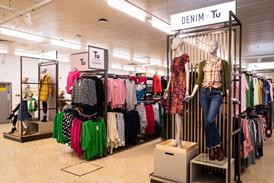
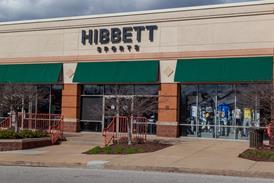



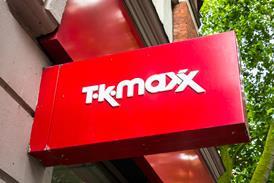
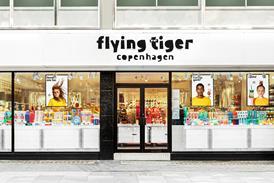






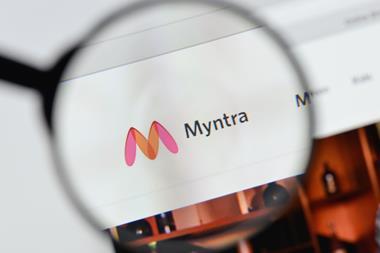
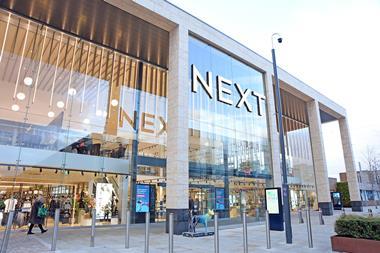
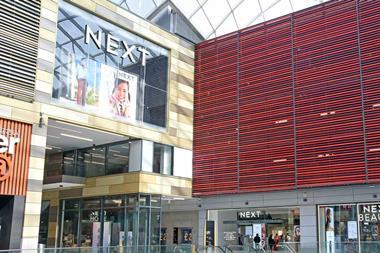

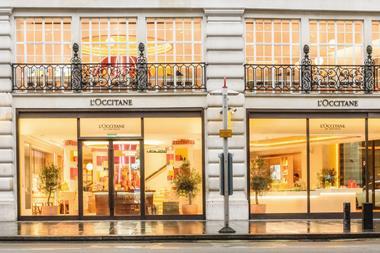

No comments yet